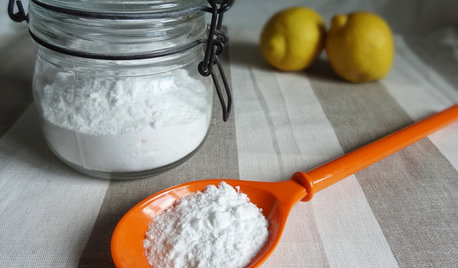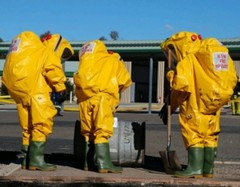Oily residue, white foam and rust color in drainage ditch
pbguy420
9 years ago
Featured Answer
Sort by:Oldest
Comments (22)
morpheuspa (6B/7A, E. PA)
9 years agopbguy420
9 years agoRelated Professionals
Belmont Landscape Architects & Landscape Designers · Grand Haven Landscape Architects & Landscape Designers · Sahuarita Landscape Architects & Landscape Designers · Edmond Landscape Contractors · El Sobrante Landscape Contractors · Goodlettsville Landscape Contractors · Hampton Bays Landscape Contractors · Lantana Landscape Contractors · Norristown Landscape Contractors · North Potomac Landscape Contractors · Royal Oak Landscape Contractors · Sun City Center Landscape Contractors · Golden Valley Landscape Contractors · Ferguson Landscape Contractors · Willoughby Swimming Pool Buildersmorpheuspa (6B/7A, E. PA)
9 years agotnjdm
9 years agomorpheuspa (6B/7A, E. PA)
9 years agopbguy420
9 years agopbguy420
9 years agopbguy420
9 years agomorpheuspa (6B/7A, E. PA)
9 years agokarin_mt
9 years agopbguy420
9 years agopbguy420
9 years agopbguy420
9 years agopbguy420
9 years agomorpheuspa (6B/7A, E. PA)
9 years agotnjdm
9 years agomorpheuspa (6B/7A, E. PA)
9 years agobotanicalbill
9 years agopbguy420
9 years agopbguy420
9 years agomorpheuspa (6B/7A, E. PA)
9 years ago
Related Stories

MATERIALSInsulation Basics: What to Know About Spray Foam
Learn what exactly spray foam is, the pros and cons of using it and why you shouldn’t mess around with installation
Full Story
HOUSEKEEPINGHow to Clean Your Washing Machine
Cleaning your washer once a month will ensure that it stays spick-and-span along with your clothes
Full Story
HOUSEKEEPINGHow to Clean Stainless Steel
Protect this popular kitchen material with a consistent but gentle cleaning routine
Full Story
HOUSEKEEPINGThe Best Way to Get Your Windows Spotlessly Clean
Learn the pros’ tips and tricks for cleaning windows and getting them streak-free
Full Story
MOST POPULAR33 Magic Household Cleaning Tips
Houzzers from around the world share their tips for transforming housework into child’s play
Full Story
REMODELING GUIDESWhy Marble Might Be Wrong for Your Bathroom
You love its beauty and instant high-quality appeal, but bathroom marble has its drawbacks. Here's what to know before you buy
Full Story
HOUSEKEEPINGHow to Clean a Glass Shower Door
See which tools and methods will keep those glass shower walls and doors sparkling clean
Full Story
HOUSEKEEPINGOut, Darn Spot! Tips for Removing Carpet Stains
Know the right solutions and when to use them to prevent stains from pets, soda, chocolate, blood and more
Full Story
HOUSEKEEPINGBaking Soda: The Amazing All-Natural Cleanser You Already Own
Battle grime, banish odors and freshen clothes with this common nontoxic cupboard staple
Full Story
MOST POPULARHow to Remodel the Laundry Room
Use this step-by-step guide to figure out what you want and how to make it happen
Full Story












PKponder TX Z7B